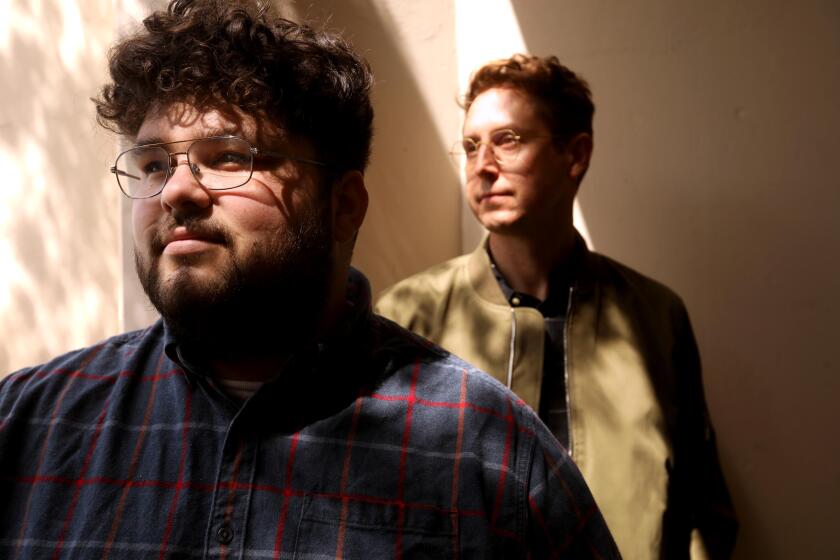Traffic Volume Dictates Use of Carpool Lanes
Dear Traffic Talk:
In Northern California, the diamond lanes are restricted to multiple occupants only during rush hours. I ask because in Northern California they are open to all motorists except for the few hours in the morning and afternoon Monday through Friday when they are restricted to carpools.
I strongly believe that few if any people arrange to ride with someone else solely because they can use the carpool lane.
Also, the lanes hem drivers in with concrete barriers on one side and those impassable double lines on the other.
Why isn’t this sensible approach to relieving traffic congestion used down here?
Michael Laurence, Sherman Oaks
*
Dear Michael:
Officer Evan Robinson of the California Highway Patrol said that the volume of traffic and the number of vehicles are different for Northern and Southern California.
In Southern California there are more vehicles at all times on the freeways, requiring 24-hour enforcement of the carpool lanes, Robinson said.
This contrasts with Northern California, where the volume of traffic fluctuates more with the time of day.
There are also fewer cars in the Northern California area than in the Southern California region.
The only place in the Greater Los Angeles area where the lanes are open sometimes and closed others are freeway onramps.
The onramp carpool lanes are restricted to carpool vehicles only during morning and afternoon rush hours, according to Robinson.
****
Dear Traffic Talk:
Some residential streets in Los Angeles are marked “No parking without special permit.”
Do the residents in those areas pay an annual fee for this privilege?
If not, isn’t this discriminating against those of us who pay taxes and maintain those streets?
Robert Ellyn, Calabasas
*
Dear Robert:
Often residents near entertainment districts or popular commercial areas request from local representatives the right to limit who parks in their neighborhoods, said T.K. Prime, a spokesman for the California Department of Transportation.
Residents first need to apply for a parking district permit. The department then studies the application and, if approved, sends a resolution to the local city council.
Concerned residents call their representative and lobby for parking restrictions, which usually range from limiting parking during certain hours only to a complete ban on nonresidential vehicles.
If the council approves the ordinance, Los Angeles County residents in the restricted area pay $15 per year for a parking decal. The new traffic laws are then enforced by local police departments.
Residents of neighborhoods do not technically pay for the right to have parking ordinances, but rather the tax dollars pay for the police enforcement of those ordinances as well as for the signs that alert nonresidents to stay away.
More to Read
Start your day right
Sign up for Essential California for news, features and recommendations from the L.A. Times and beyond in your inbox six days a week.
You may occasionally receive promotional content from the Los Angeles Times.






